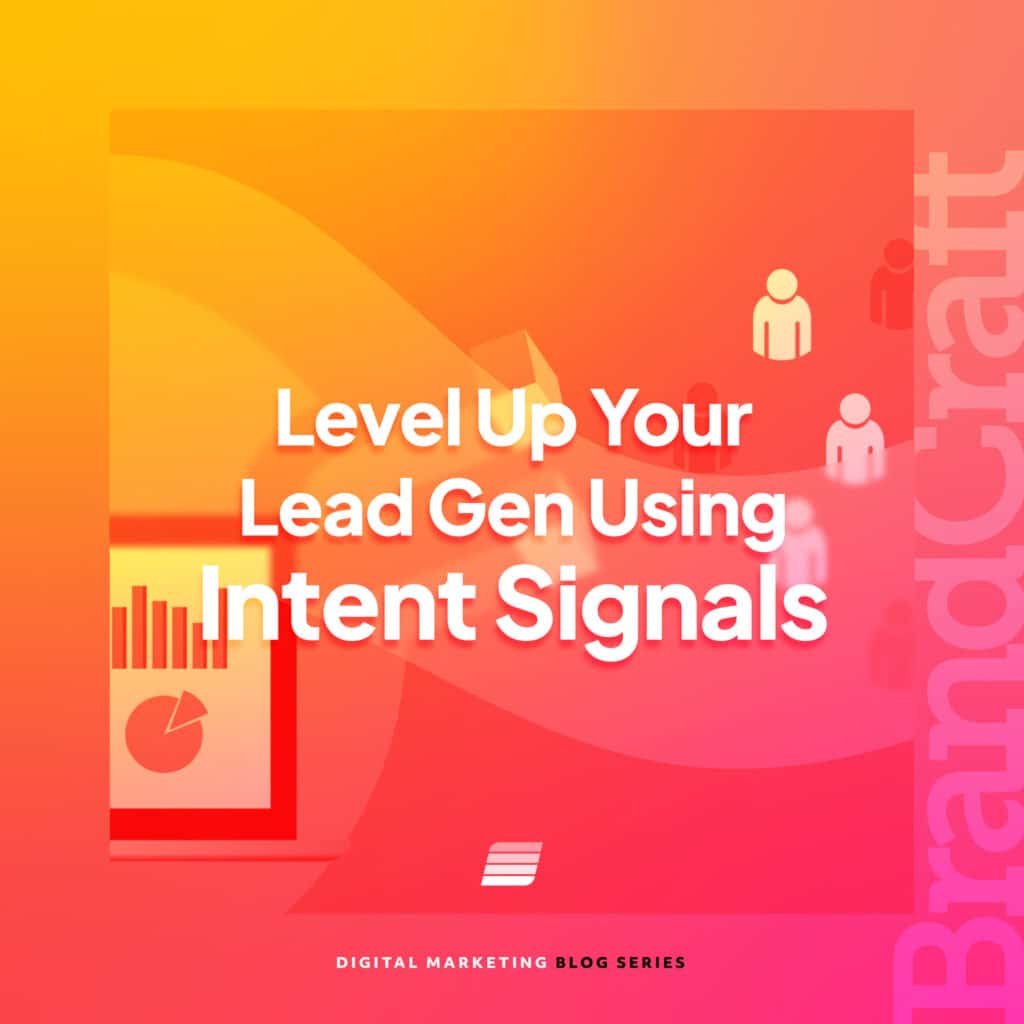Dealing With Unhappy Clients: Prepare for the Best – Expect the Worst
May 3, 2022

Every agency and company alike strives to make sure their clients are happy. Not only with the work that is being done plus the time, but also the effort and communication that goes into every project. However, you will inevitably experience a client that is unhappy at some point or another. It is how we deal with these experiences that can make or break the longevity of a client staying on board for your agency’s services. In this blog post, we will cover ways in which we can limit unhappy clients, as well as some different strategies that can help you deal with a client when they do become unhappy.
Limiting Unhappy Clients
No one likes dealing with an unhappy client. Usually, when a client is not content with the work being done for them, it is warranted. But even if it’s not, we must act in a way that lets our clients know that we hear their concerns and are working to address the issue at hand. With that in mind, there are plenty of ways that we can prepare to help limit the negative interactions that we have with clients.
Communicate – Be Transparent
Communication is key when we talk about ways in which we can limit client frustrations. If we drive performance for our clients the likelihood that they will be unhappy is low. However, when performance is lacking, communication is our friend, even when the conversation may be difficult. This is where transparency and honesty come in.
You can’t hide poor performance from a client. Sooner or later, they will become aware of performance lacking whether you tell them or not. Being transparent and letting a client know about poor performance before they start questioning it is our responsibility as an employee. But beyond that, it is the easiest way to limit unhappy clients by letting them know we don’t hide from our failures, we acknowledge them, learn from them, and adjust. Be transparent always, not just when performance is good.
Drive Strategy
While it is important to be transparent, it becomes just as important that we drive strategy to see improvements. We must remember that we are hired to do a job because we are the experts. For example, in a digital marketing agency, clients come to us to increase their digital presence and come up with ideas and strategies to drive leads into their sales funnels.
When we go to them to be transparent and tell them what we are trying isn’t working, they want to see us be proactive, adjust what we are doing, implement a new plan and go from there. They want to see us learn from what we did, adjust on the fly, and recommend new things to try. One of the most common mistakes in client communication is letting a client know something is not working and then waiting for direction from the client on what to try next or staying stagnant and not making adjustments.
Reminder: clients pay us to come up with strategies to increase performance. When they feel like they are the ones driving strategy, they start to question what they are paying for, which is the quickest way to lose a client.
Set Realistic Expectations
In digital marketing, we make sure our clients know beforehand that there is no magic. We let them know what we are and are not going to do and give them educated estimates on what they should expect to see. We give them accurate expectations based on our knowledge in the field and do our best to try and exceed those expectations. Clients will never be upset when you exceed expectations and will almost always be upset if expectations that were set, are not met.
Dealing with an Unhappy Client
No single client is the same. What one client thinks is a success may differ from what another client thinks is a success. We can do our very best to make sure performance is where it needs to be, and that we communicate thoroughly, but sometimes it just isn’t enough to keep a client happy. So, when we do have an unhappy client, we get to choose how we react to it. And there is a right way and a wrong way to deal with them.
The Wrong Way
There is a right and a wrong way to deal with an unhappy client. Here are a few things which you should do your very best to avoid.
Getting Defensive
A client doesn’t need to know why or how something went wrong. The fact of the matter is that something did go wrong, so you should be prepared to be questioned by the client. If your first reaction is to defend what happened, you have already lost. Clients want to know HOW you’re going to fix something.
Place Blame
Whatever happened, happened. Own up to it, admit your mistakes (even if the mistake wasn’t yours) and come up with a plan to fix them. Blaming someone or something, or blaming the client is the last thing that you should do in this situation.
“We Told You So”
In an agency, one of the most frustrating things that can happen is informing a client of concerns you have about a certain idea even if the client still wants to move forward and “make it happen.” Most of the time when this happens, performance does suffer. It is important to make sure you take the approach of “here’s what we learned and here’s what we’re going to do differently moving forward” rather than “we tried to tell you this wasn’t going to work so now what”
The Right Way
There is no “right” way to deal with an unhappy client. As mentioned previously, all clients are different and expect different things. However, there are a couple of general rules of thumb that should help when addressing the issue of an unhappy client.
Put Yourself in Their Shoes
All too often, we forget to change our perspective and put ourselves in our clients’ shoes. In digital marketing specifically, clients usually have the responsibility to report back to their higher-ups, CEOs, CMOs, Shareholders, etc. This can put incredible pressure on our clients that we don’t even think about. When we do our best to put ourselves in the position of our clients, it becomes clearer why they are unhappy. We must think “If I were them, would I be unhappy with us too?” It is when we think with an outward mindset like this, that we start to understand why a client is upset which ultimately helps us manage these situations with a better perspective.
Ownership
This goes hand-in-hand with placing blame. In this case, you are still placing blame. However, the blame doesn’t go to the client, the blame goes to yourself. If you go to an unhappy client, it is always better to take ownership than to place blame on something or someone else. This shows the client that you know you made a mistake and you are actively working to fix or improve it.
Prompt Replies
Nothing makes a client angrier than leaving them on read. We’ve all been there, a client emails us and we want nothing to do with it, so we put it off a little bit. If a client is already upset and we show no urgency to sympathize and correct our mistakes we are heading down the path of losing a client.
Offer a Solution
Putting yourself in the clients’ shoes, taking ownership of mistakes, and replying promptly are all great. But they don’t matter if you don’t offer solutions. Clients, more than anything, want to know what you are going to do to fix the problem. Always make sure you offer solutions when dealing with an unhappy client.
Conclusion
Doing your very best to limit reasons as to why clients can become unhappy, as well as employing the strategies above to manage an unhappy client can go a long way. No one likes an unhappy client, but even more so, no one likes an agency that doesn’t care about its clients. Be the reason that the client is satisfied, not the reason they are upset.







